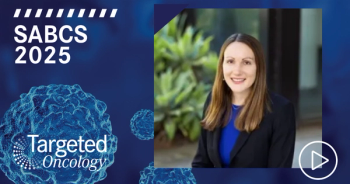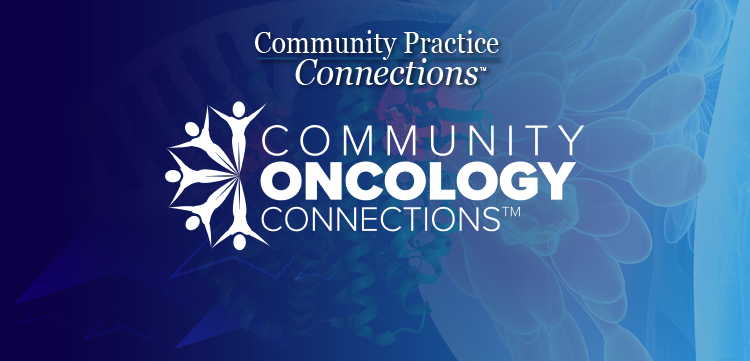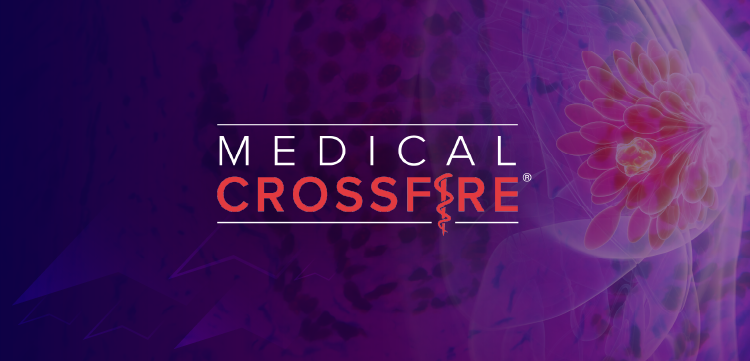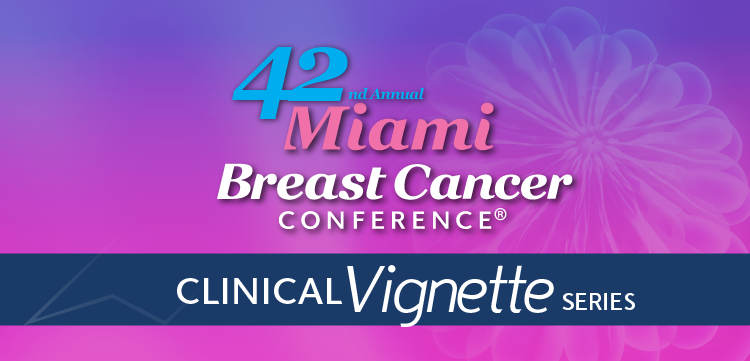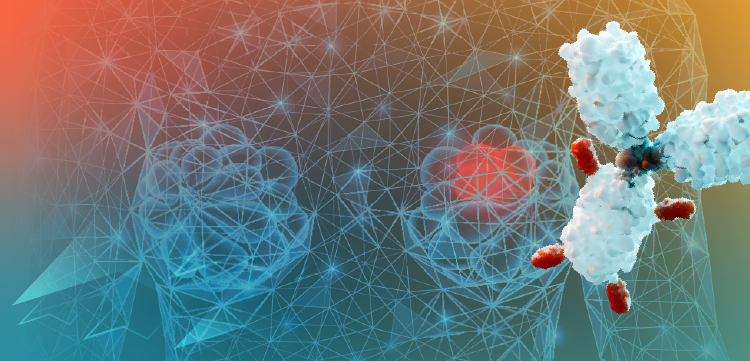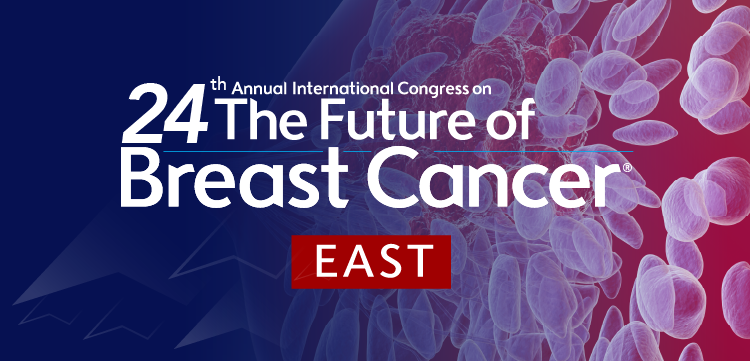
Targeted Therapies Show Activity in ROS1 Fusion-Positive Lung Cancer
Benjamin P. Levy, MD, discusses biomarkers that have led to the development therapies with high response rates in lung cancer.
Benjamin P. Levy, MD, an associate professor at Johns Hopkins School of Medicine and clinical director for the Johns Hopkins Sidney Kimmel Cancer Center at Sibley Memorial Hospital, discusses biomarkers that have led to the development therapies with high response rates in lung cancer.
BeyondEGFRand ALK, the first space to gain a lot of traction wasROSrearrangements or ROS1fusions, says Levy. Crizotinib (Xalkori) is available for ROS1fusions, but more recent data has led to the use of ceritinib (Zykadia), and now entrectinib (Rozlytrek), lorlatinib (Lorbrena), and repotrectinib (TPX-0005). When used as single-agents, these 3 new therapies have demonstrated response rates around 70% to 80% and a median progression-free survival of 19 to 20 months.
More recently, Levy says these drugs have shown to have activity in patients who have already received crizotinib, such as lorlatinib and repotrectinib. Levy notes we are learning aboutROS1the same as we learned about ALK, which is that we are learning to sequence these drugs to optimize treatment in the first- and second-lines. Crizotinib and entrectinib are the first 2 frontline options, but others may be active in the refractory setting.


